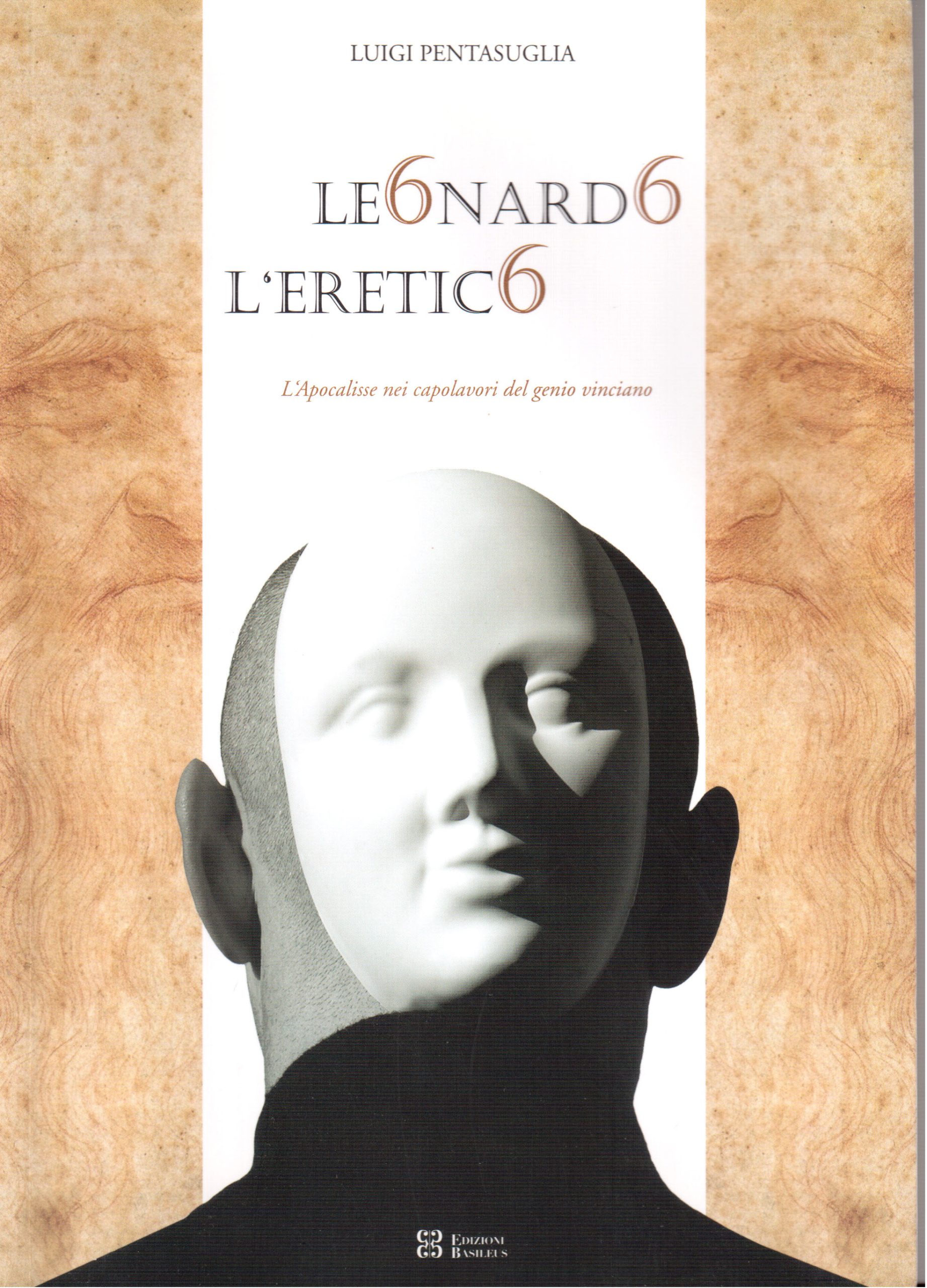
Il segreto di Paganini

Il segreto di Paganini
Mutazioni: tecnica comparata per violino (viola) e architarra
di Luigi Pentasuglia
Il presente metodo è la dimostrazione della reale possibilità di interazione comparativa fra tecnica per chitarra e quella per strumenti ad arco. L’originalità di questo sistema sta nel fatto che ogni nota si definisce all’interno di una formula formata da due varianti caratterizzate dal medesimo rapporto intervallare. Nei cambiamenti di posizione, mentre l’ultimo dito della prima variante è punto di riferimento per gli spostamenti ascendenti, l’ultimo dito della seconda variante è invece punto di riferimento per i cambiamenti di posizione discendenti. Ciò garantisce il vantaggio, di natura psicologica, di fornire all’esecutore la possibilità di aggrapparsi costantemente a veri e propri punti di riferimento. Con l’esercizio, infatti, la tastiera dello strumento ad arco tenderà progressivamente a configurarsi, interiormente, come una sorta di griglia di punti di riferimento, assimilandosi (in particolar modo se parallelamente ci si esercita anche sull’architarra ) con la realtà effettiva del manico tastato della chitarra. Ho chiamato questo strumento d’ispirazione paganiniana ‘architarra’ (da archi + chitarra), in quanto sintesi evidente dei due tipi di strumenti; la differenza di dimensioni tra esso e una viola è di fatto minima.
–o—
Paganini’s secret.
Mutations: comparative techinique forviolin (viola) and architarra
by Luigi Pentasuglia
This method is the demonstration of the concrete possibility of comparative interaction between the technique for guitar and that for string instruments. The novelty of this system lies in the fact that every note is defined in its relation within a formula composed of two variations both characterised by the same intervals between the fingers. In the position changes, the last figure of the first variation is the reference point for the upward movements whereas the last finger of the second variation is the reference point for the changes in the downward position. Indeed, with practice, the fingerboard of the string instrument will gradually tend to appear in his mind as a sort of “grid of reference points”; especially if at the same time he/she practices on the architarra it will become assimilated into the concrete reality of the fingerboard of the guitar which is subdivided into keys. I have called this instrument architarra or string-guitar (from archi meaning strings, and chitarra, meaning guitar), as it is an evident synthesis of those two types of instruments; the difference in size between it and the viola is in fact minimal.
Per Violino
– Prefazione
– Preface
– Capitolo Ia
– Capitolo Ib
– Capitolo Ic
– Capitolo II
– Capitolo III
Per Viola
– Prefazione
– Preface
– Capitolo Ia
– Capitolo Ib
– Capitolo Ic
– Capitolo II
– Capitolo III


